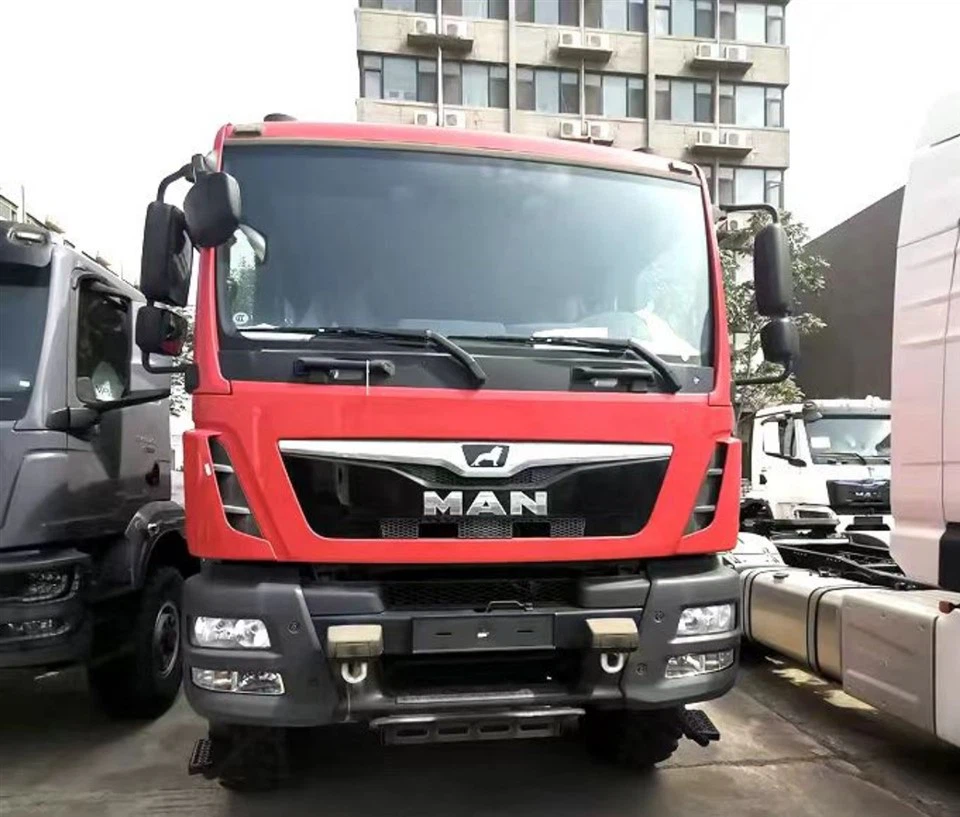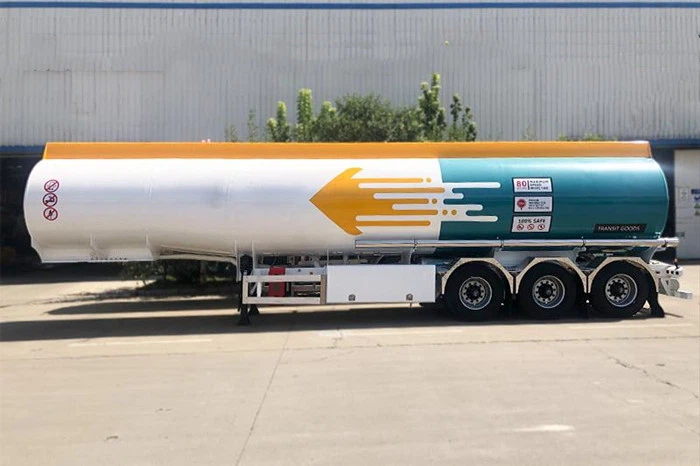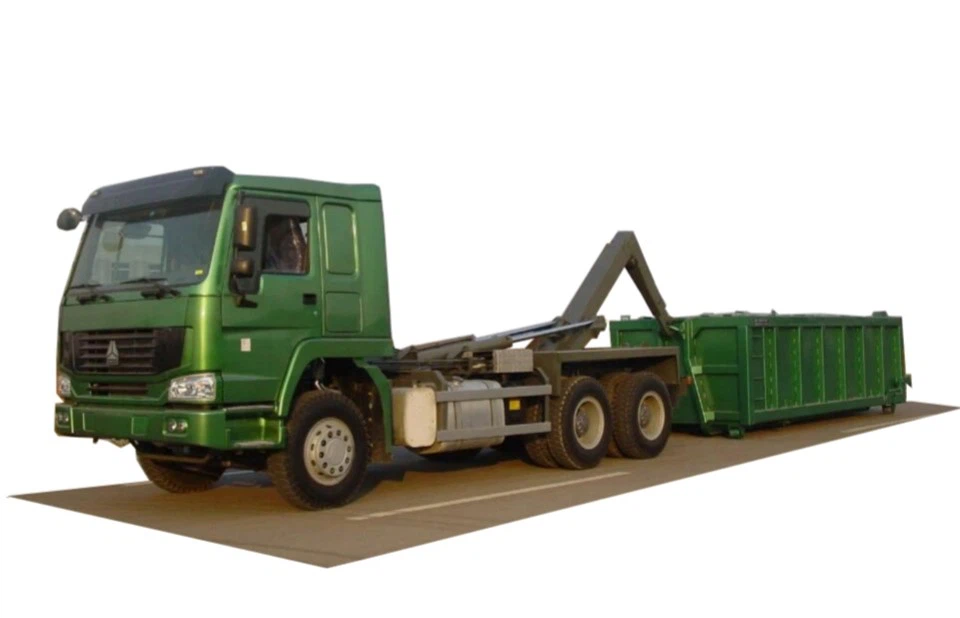Essential Guide to Trucks with Water: Benefits, Applications, and Insights

Introduction
Trucks with water capabilities are invaluable assets in various sectors, from agriculture to firefighting and construction. Understanding their features, uses, and advantages can help individuals and businesses make informed decisions on their operations. This comprehensive guide delves into the world of water trucks, highlighting their types, functionalities, and benefits to different industries.
1. What is a Water Truck?
A water truck, also known as a water tanker, is a specialized vehicle designed for transporting and distributing water. These trucks typically have a large tank mounted on the chassis, enabling them to hold various quantities of water, depending on the intended use. They can vary in size, tank capacity, and equipment, making them adaptable to numerous applications.
1.1 Types of Water Trucks
Water trucks can be classified into several types based on their design and purpose:
- Standard Water Tankers: Basic trucks equipped with large tanks for general water transportation.
- Dust Control Water Trucks: Designed specifically for suppressing dust on construction sites and unpaved roads.
- Firefighting Water Trucks: Equipped with high-capacity tanks and pumping systems to aid in firefighting operations.
- Agricultural Water Trucks: Used for irrigation and supplying water to crops.
- Portable Water Trucks: Smaller trucks designed for easy transport to various locations.
2. Key Features of Water Trucks
When selecting a truck with water, it’s crucial to consider essential features that enhance functionality and efficiency.
2.1 Tank Capacity
The capacity of the water tank can range from a few hundred gallons to several thousand gallons. A larger tank allows for longer routes without refilling, making it efficient for heavy-duty jobs.
2.2 Pumping System
Water trucks often come with an onboard pumping system, allowing for easy distribution. Different pumps (e.g., electric or hydraulic) offer varying flow rates, suitable for specific applications.
2.3 Material and Durability

Water tanks can be made from materials like aluminum, stainless steel, or polyethylene. Each material has its advantages in terms of weight, corrosion resistance, and maintenance.
2.4 Spray Nozzles
Many water trucks feature adjustable spray nozzles, allowing for different water distribution patterns. This feature is particularly useful for dust control and irrigation.
2.5 Mobility and Maneuverability
Water trucks should have a chassis designed for easy mobility on various terrains, making them practical in fields, construction sites, and urban areas.
3. Applications of Water Trucks
Water trucks are utilized across numerous industries, providing critical support in various scenarios.
3.1 Agricultural Use
In agriculture, water trucks are used for irrigation purposes. They can transport water to areas that lack direct access to irrigation systems, ensuring crops remain well-hydrated.
3.2 Construction and Dust Control
On construction sites, dust control is essential for safety and compliance. Water trucks spray water on unpaved roads and sites to minimize dust, improving visibility and safety.
3.3 Firefighting
In firefighting, water trucks act as auxiliary water sources. They can quickly refill fire hoses and supply water to areas that lack hydrants, proving vital during emergencies.
3.4 Municipal Uses
Municipalities use water trucks for street cleaning and landscaping. They help maintain green spaces and manage dust from roadwork.
3.5 Mining Operations
In mining, water trucks are often employed for dust suppression and transporting water for various operational needs, enhancing safety and environmental compliance.
3.6 Emergency Relief
In disaster situations, water trucks can rapidly provide clean water to emergency responders and affected communities, serving as a critical resource in times of need.
4. Benefits of Using Water Trucks
Investing in a water truck offers numerous benefits across various sectors.
4.1 Efficiency in Water Distribution

Water trucks can transport significant water amounts, leading to efficient operations and reduced downtime, especially in agricultural and construction settings.
4.2 Environmental Impact
Using water trucks for dust control and irrigation helps minimize environmental damage by promoting soil health and preventing airborne pollutants.
4.3 Cost-Effective Solution
While buying a water truck requires upfront investment, the long-term savings in labor and water costs can make it a cost-effective solution for businesses.
4.4 Versatility
Water trucks are adaptable for various applications, from agriculture to firefighting, making them versatile assets for businesses and municipalities alike.
5. Best Practices for Operating Water Trucks
Operating a water truck requires knowledge and adherence to best practices to ensure efficiency and safety.
5.1 Pre-Operation Checks
Before operating a water truck, conduct thorough checks on the tank, pump, and hoses to ensure all components are functioning correctly.
5.2 Safety Protocols
Adhere to safety protocols, including wearing appropriate safety gear and following guidelines for navigating urban and construction areas to prevent accidents.
5.3 Regular Maintenance
Establish a routine maintenance schedule to check for leaks, corrosion, and pump functionality, ensuring the truck remains in optimal condition.
5.4 Training for Operators
Ensure that operators receive proper training on safe driving practices, equipment handling, and emergency protocols to enhance overall safety.
6. Cost Considerations When Purchasing a Water Truck
The cost of a water truck can vary widely based on various factors. Understanding these can help in budgeting effectively.
6.1 Initial Purchase Price
The initial purchase price of a new water truck can range from $30,000 to over $100,000 depending on the model, tank size, and additional features. Consider whether buying a new or used truck best fits your budget.
6.2 Maintenance and Operating Costs
Factor in the ongoing maintenance and operational costs, which may include fuel, repairs, and regular servicing. Budgeting for these will ensure sustainable operations.
6.3 Financing Options
Explore financing options, such as loans or leases, which can help ease the financial burden of purchasing a water truck while allowing for flexible payment terms.
6.4 Resale Value
Consider the potential resale value of the truck in your long-term financial planning. Some brands and models retain value better than others, which can be beneficial if you plan to upgrade in the future.
7. Regulations and Compliance for Water Trucks

Operating a water truck involves adhering to various regulations aimed at ensuring public safety and environmentally responsible practices.
7.1 Water Quality Regulations
Depending on the region, there may be specific regulations regarding the quality of water transported. Ensure compliance with local health and safety standards.
7.2 Vehicle Registration and Licensing
Water trucks must be properly registered and meet licensing requirements. Maintain up-to-date paperwork to avoid fines and operational disruptions.
7.3 Environmental Compliance
Operations should follow environmental regulations concerning dust control and water usage, promoting responsible water management practices.
8. Practical Tips for Effective Water Truck Operations
To maximize the effectiveness of your water truck, consider implementing the following tips:
8.1 Monitor Water Usage
Keep track of how much water is being used in various applications. This data can inform more efficient operations and help manage costs effectively.
8.2 Plan Routes Carefully
Planning transport routes in advance can minimize fuel consumption and time spent on the road, enhancing overall operational efficiency.
8.3 Use Technology
Utilize GPS and mapping software to enhance routing and tracking of water usage, potentially leading to more efficient operations.
8.4 Engage in Continuous Training
Regularly update training programs for operators to adapt to new technologies or regulations, ensuring safety and effectiveness in operations.
9. Frequently Asked Questions (FAQs)
9.1 What is the average capacity of a water truck?
The average capacity of a water truck typically ranges from 1,000 to 5,000 gallons, but larger trucks can hold up to 10,000 gallons or more.
9.2 How do water trucks contribute to fire safety?
Water trucks provide a crucial water supply for firefighting efforts, especially in rural or under-resourced areas where fire hydrants may be scarce.
9.3 Are there specific permits required for operating a water truck?
Yes, specific permits may be required based on local regulations, including vehicle registration and compliance with safety and environmental laws.
9.4 How can I determine the right type of water truck for my needs?
Consider your specific needs, such as the volume of water to be transported, the terrain you’ll be operating on, and the additional features required for your applications.
9.5 What maintenance is needed for water trucks?
Regular maintenance should include checking for leaks, examining the pump and hoses, and scheduling routine servicing to maintain optimal performance.
9.6 Can water trucks be customized for specific applications?
Yes, many manufacturers offer customization options to tailor water trucks according to your specific operational requirements, such as tank size, pump type, and additional equipment.
